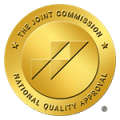Sedative addiction is a growing concern in our society today. Many individuals, seeking relief from anxiety, insomnia, or other stress-related conditions, turn to prescription sedatives, hoping for a quick fix. However, over time, the misuse of these medications can lead to dependence and addiction.
In this article, we will delve deep into the world of sedative addiction, exploring its causes, symptoms, treatment options, and ways to break free from its grasp.
What is Sedatives Addiction?
Sedatives, also known as tranquilizers or depressants, are prescription medications that help to calm the central nervous system, inducing relaxation and drowsiness.
They are commonly prescribed to treat anxiety, insomnia, muscle spasms, and seizures. Sedatives work by enhancing the effects of a neurotransmitter called gamma-aminobutyric acid (GABA), which slows down brain activity and produces a calming effect.
Sedative addiction is a concerning issue that affects many individuals around the world. This article aims to shed light on the causes, symptoms, and treatment of this condition, helping readers gain a better understanding of its impact on individuals’ lives.
What are the causes of Sedative Addiction?
Sedative addiction can arise due to various factors and circumstances. Understanding these causes is crucial in addressing and preventing the development of this concerning condition.
Here are some common causes of sedative addiction:
- Prolonged Use: Prolonged and consistent use of sedative medications can lead to addiction. When individuals use these drugs for an extended period, the body may become dependent on them to function, both physically and psychologically.
- Self-Medication: Some individuals may turn to sedatives as a way to self-medicate and cope with underlying issues such as anxiety, stress, or emotional pain. They might misuse these drugs to find temporary relief, unaware of the potential risks of addiction.
- Tolerance Development: With continuous usage, the body can build a tolerance to sedatives. This means that over time, the same dosage may no longer produce the desired effects, leading individuals to increase the amount they take, inadvertently fostering addiction.
- Genetic Factors: Genetics can play a role in determining an individual’s susceptibility to addiction. Some people may have a genetic predisposition that makes them more vulnerable to developing a dependence on sedative drugs.
- Underlying Mental Health Conditions: Individuals with pre-existing mental health disorders, such as anxiety disorders or depression, may be at a higher risk of developing sedative addiction. The calming effects of these drugs might seem appealing to those seeking relief from their mental health symptoms.
- Peer Pressure and Social Environment: Peer pressure and the influence of social circles can also contribute to sedative addiction. Being surrounded by people who misuse or abuse sedatives may lead others to follow suit.
- Stressful Life Events: Traumatic or stressful life events, such as the loss of a loved one, financial troubles, or job-related stress, can prompt individuals to seek solace in sedatives, gradually leading to addiction.

What are the Signs and Symptoms of Sedative Addiction?
Identifying the signs and symptoms of sedative addiction is crucial in recognizing the problem and seeking timely intervention.
The following are common indicators that someone may be struggling with sedative addiction:
- Increased Tolerance: Individuals who are addicted to sedatives often develop a tolerance to the drug over time. This means they need higher doses to achieve the same calming or euphoric effects they experienced initially.
- Withdrawal Symptoms: When a person addicted to sedatives attempts to cut back or stop using the drugs, they may experience withdrawal symptoms. These can include anxiety, restlessness, sweating, nausea, tremors, and difficulty sleeping.
- Preoccupation with Drugs: Addicted individuals may constantly think about obtaining and using sedatives. Their thoughts may be consumed by the drug, leading to a neglect of other aspects of life.
- Loss of Control: People grappling with sedative addiction often find it challenging to control their drug use. They may have unsuccessful attempts to cut down or stop using despite recognizing the negative consequences.
- Neglecting Responsibilities: As the addiction takes hold, individuals may start neglecting their responsibilities at work, school, or home. Their focus shifts to drug use, resulting in a decline in performance and reliability.
- Isolation and Social Withdrawal: Addicted individuals may distance themselves from friends and family, preferring to spend time alone or with others who also misuse sedatives.
- Continued Use Despite Consequences: Even when faced with adverse effects on their health, relationships, or finances, individuals addicted to sedatives may persist in their drug use, unable to stop despite the harm caused.
- Changes in Behavior and Mood: Sedative addiction can lead to noticeable changes in behavior and mood. Individuals may appear lethargic, disoriented, or irritable.
- Doctor Shopping: Some individuals addicted to sedatives may engage in “doctor shopping,” seeking prescriptions from multiple healthcare providers to acquire more drugs.
- Neglecting Activities Once Enjoyed: As addiction takes precedence, individuals may lose interest in activities they once enjoyed, leading to a significant decline in their overall quality of life.
Recognizing these signs and symptoms early on can help individuals get the support they need to overcome sedative addiction.
If you or someone you know is showing these signs, seeking professional help from a healthcare provider or addiction specialist is essential for a successful recovery journey.
What are the Effects of Sedative Addiction?
Sedative addiction can have a profound impact on an individual’s physical health, mental well-being, relationships, and overall quality of life. Understanding the effects of sedative addiction is crucial in highlighting the seriousness of the issue.
Here are some common effects associated with prolonged sedative misuse:
- Physical Health Issues: Continued and excessive use of sedatives can lead to various physical health problems. These may include respiratory issues, dizziness, impaired coordination, and gastrointestinal disturbances.
- Tolerance and Dependence: With prolonged use, the body develops tolerance to sedatives, requiring higher doses to achieve the desired effects. This can lead to a dangerous cycle of escalating drug use and increasing dependency.
- Withdrawal Symptoms: Trying to reduce or stop sedative use can result in withdrawal symptoms. These can be highly uncomfortable and may include sweating, tremors, anxiety, and insomnia, making it challenging for individuals to quit on their own.
- Impaired Cognitive Function: Sedative addiction can negatively impact cognitive function, leading to memory problems, poor concentration, and decreased ability to make sound decisions.
- Mental Health Disorders: Prolonged sedative use can exacerbate existing mental health issues or trigger the development of new ones, such as depression, anxiety, or panic disorders.
- Social Isolation: As addiction takes hold, individuals may withdraw from social activities and isolate themselves from friends and family, leading to strained relationships and a lack of support.
- Financial Strain: Sustaining a sedative addiction can be costly. As individuals prioritize obtaining drugs over other financial responsibilities, it can lead to financial strain and potential legal issues.
- Risk of Overdose: Misusing sedatives, especially in high doses or in combination with other substances, increases the risk of overdose. Sedative overdoses can be life-threatening and require immediate medical attention.
- Neglect of Self-Care: Individuals struggling with sedative addiction may neglect their physical health and self-care routines, leading to deteriorating personal hygiene and overall well-being.
- Damaged Relationships: Addiction can strain relationships with loved ones due to lying, deceit, and prioritizing drug use over important commitments.
Some Common Treatments for Sedative Addiction
Overcoming sedative addiction is possible with the right treatment approach and support. Recognizing the severity of the addiction and seeking professional help is the first step toward a successful recovery.
Here are some effective treatment options for sedative addiction:
- Medical Detoxification: The first phase of treatment often involves medical detoxification. Under the supervision of healthcare professionals, the individual gradually reduces their sedative intake until their body is free from the substance. This process helps manage withdrawal symptoms and ensures a safer transition to sobriety.
- Behavioral Therapy: Behavioral therapy is a fundamental aspect of addiction treatment. Therapists work with individuals to identify the root causes of their addiction and develop coping mechanisms to manage stress and emotions without relying on sedatives. Cognitive Behavioral Therapy (CBT) is particularly effective in addressing negative thought patterns and behaviors associated with addiction.
- Individual Counseling: One-on-one counseling sessions provide a safe space for individuals to explore their addiction, personal challenges, and motivations. Through counseling, they can gain insights into their behaviors and work towards lasting behavioral changes.
- Group Therapy: Group therapy offers the opportunity to connect with others facing similar challenges. Sharing experiences, offering support, and learning from one another’s journeys can be incredibly empowering and foster a sense of community.
- Support Groups: Engaging in support groups like Narcotics Anonymous (NA) or SMART Recovery can complement formal treatment and provide ongoing support after rehabilitation. These groups offer a supportive environment for individuals to share their struggles and successes in their recovery journey.
- Medication Management: In some cases, medication may be used to help manage withdrawal symptoms or address co-occurring mental health conditions. However, medications should always be used under close medical supervision and as part of a comprehensive treatment plan.
- Family Therapy: Involving the family in the treatment process can be beneficial, as addiction often affects not just the individual but also their loved ones. Family therapy can improve communication, address familial dynamics, and enhance the support system for lasting recovery.
- Lifestyle Changes: Encouraging positive lifestyle changes is essential in preventing relapse. This includes adopting a healthy diet, regular exercise, and incorporating stress-relief techniques like mindfulness meditation or yoga.
- Dual Diagnosis Treatment: For individuals with co-occurring mental health disorders, dual diagnosis treatment is crucial. Treating both the addiction and underlying mental health conditions simultaneously can improve the chances of successful recovery.
- Aftercare Planning: Developing an aftercare plan is vital to maintaining sobriety after formal treatment. This may involve ongoing therapy, participation in support groups, and having a network of supportive individuals to turn to during challenging times.
Conclusion
Sedative addiction is a serious condition that requires understanding, empathy, and effective treatment. By recognizing the signs and symptoms of addiction and seeking professional help, individuals can break free from the cycle of dependency and regain control of their lives. Remember, recovery is possible, and with the right support and dedication, a brighter, drug-free future awaits.
FAQs About Sedative Addiction & Treatment
Q: Can sedative addiction be treated without professional help?
A: While some individuals attempt to quit on their own, professional help greatly improves the chances of successful recovery and reduces the risk of relapse.
Q: Is it safe to stop sedative use suddenly?
A: Abruptly stopping sedatives can lead to severe withdrawal symptoms and even life-threatening complications. Medical supervision during the detox process is essential.
Q: How long does the treatment for sedative addiction typically last?
A: The duration of treatment varies depending on individual circumstances. It can range from several weeks to several months or more.
Q: Can sedative addiction recovery be a lifelong process?
A: Yes, recovery from sedative addiction is often considered a lifelong journey. Continued participation in support groups and maintenance therapy may be necessary.




